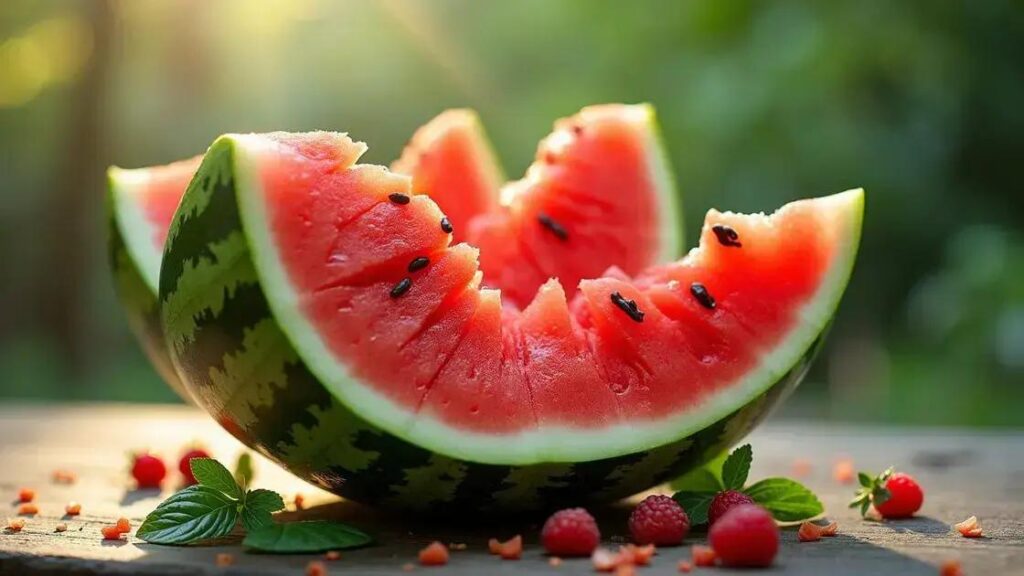The Watermelon Trick is a captivating artistic display that combines natural fruit with creativity, raising questions about its authenticity as either natural or synthetic. Understanding the cutting techniques, scientific principles, and cultural significance associated with this trick can enhance appreciation for its presentation and implications within the culinary arts.
The question “Is the Watermelon Trick natural or synthetic?” has sparked curiosity among food enthusiasts and science lovers alike. This trick, which involves transforming a simple watermelon into a mesmerizing spectacle, raises debates about authenticity and artistry in food presentation. In this article, we’ll dive into the nuances of the watermelon trick, exploring the definitions and distinctions of natural versus synthetic phenomena while uncovering scientific insights and their implications.
Understanding the Watermelon Trick
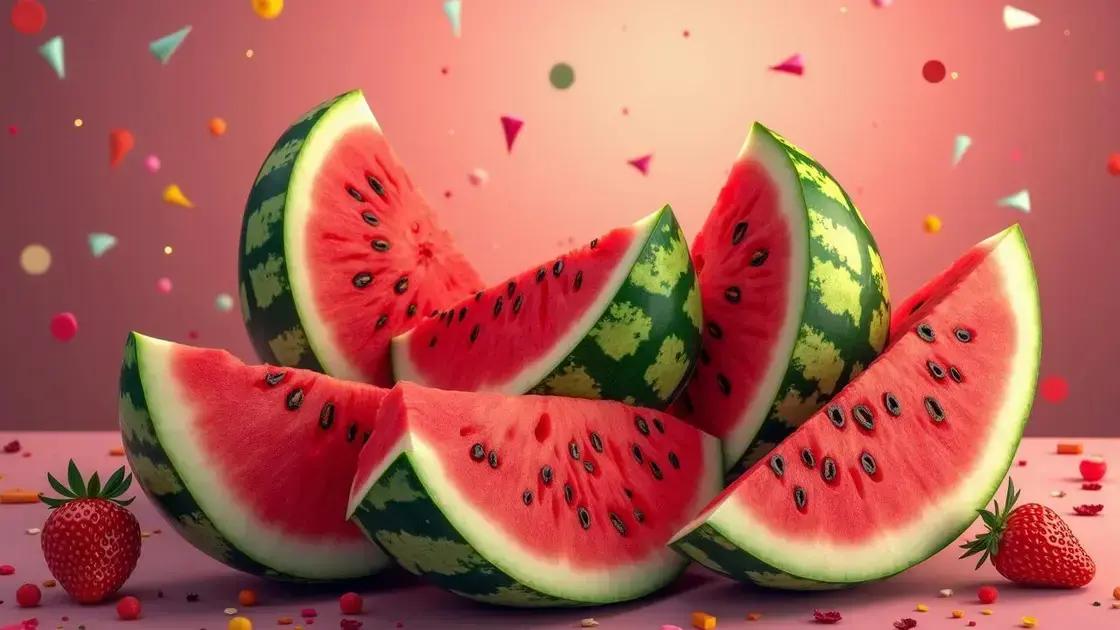
The Watermelon Trick has captivated many due to its vibrant visual appeal. This trick involves creatively slicing and presenting a watermelon in a way that transforms it into an artistic centerpiece. Understanding how this trick works can enhance your appreciation of food art.
History of the Watermelon Trick
The origins of the Watermelon Trick can be traced back to various cultural practices. In many cultures, watermelon carving is a common art form, showcasing skilled craftsmanship. These carvings range from simple designs to intricate works of art, often seen at festivals and celebrations.
How is the Trick Performed?
To perform the Watermelon Trick, the first step is choosing the right watermelon, preferably a large, round one with a smooth surface. Artists use sharp knives to create precise cuts, removing sections of the rind without disturbing the flesh. The goal is to create a visually appealing shape while keeping the watermelon intact.
Different Variations of the Trick
Many variations exist, including geometric designs or animal shapes. Some artists incorporate additional fruits, enhancing colors and textures. These variations make each performance unique and reflect the artist’s creativity.
Why it Captivates Audiences
The Watermelon Trick fascinates audiences because it combines food with artistry. The contrast of the vibrant green rind against the bright red flesh captures attention, making it a favorite at parties and events. Additionally, the skill required to execute this trick adds an element of surprise and wonder.
Natural vs. Synthetic: What’s the Difference?
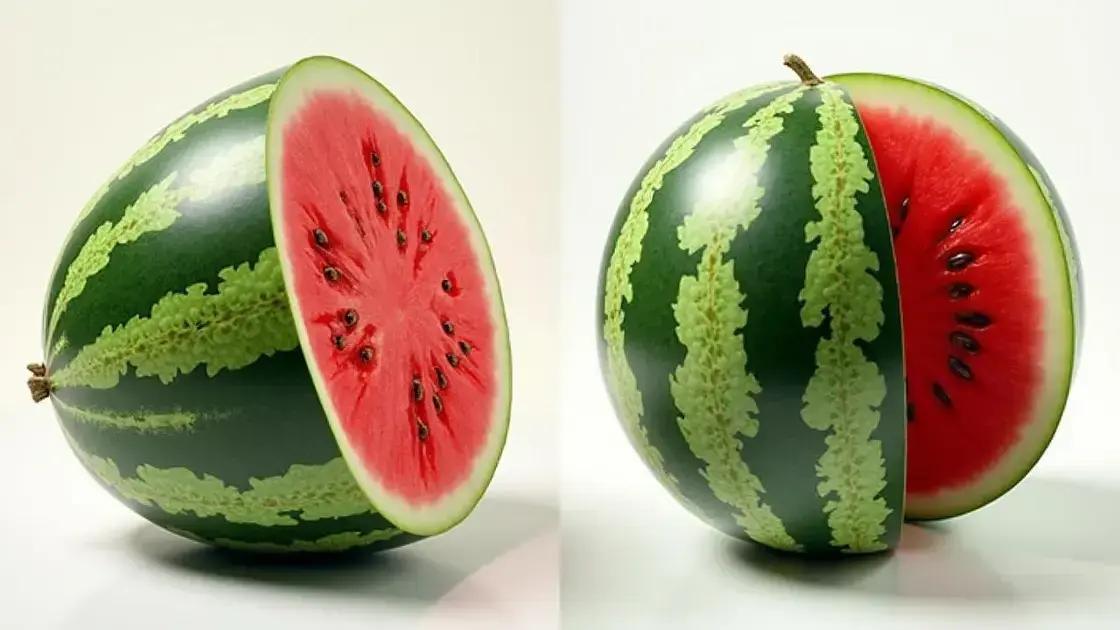
When discussing the Watermelon Trick, it’s important to understand the distinction between natural and synthetic elements. Natural refers to anything that occurs in nature, while synthetic refers to man-made products or processes that imitate natural phenomena.
Definition of Natural
Natural items are those that are derived from plants, animals, or minerals. In the case of watermelons, the fruit itself is a natural product, grown in fields and harvested from the earth. Artists often utilize natural watermelons as a canvas for their tricks, celebrating the beauty of the fruit.
Definition of Synthetic
Synthetic refers to substances created through chemical processes or artificial means. In the context of the Watermelon Trick, synthetic elements might include artificial colors used in food presentations or plastic replicas designed to resemble real watermelons. These substitutes can be used for decorative purposes but lack the authenticity of actual fruit.
Differences in Perception
The perception of natural vs. synthetic can significantly affect audience reactions. Natural elements are typically associated with health, freshness, and authenticity. In contrast, synthetic elements may evoke skepticism regarding their safety and quality, especially concerning food.
Relevance to the Watermelon Trick
In the context of the Watermelon Trick, understanding what is natural versus synthetic becomes critical. These distinctions can influence how audiences interpret the performance and the cultural significance behind the watermelon as art. The choice to use natural fruit versus synthetic decorations can impact the message conveyed by the artist.
Scientific Insights into the Watermelon Trick
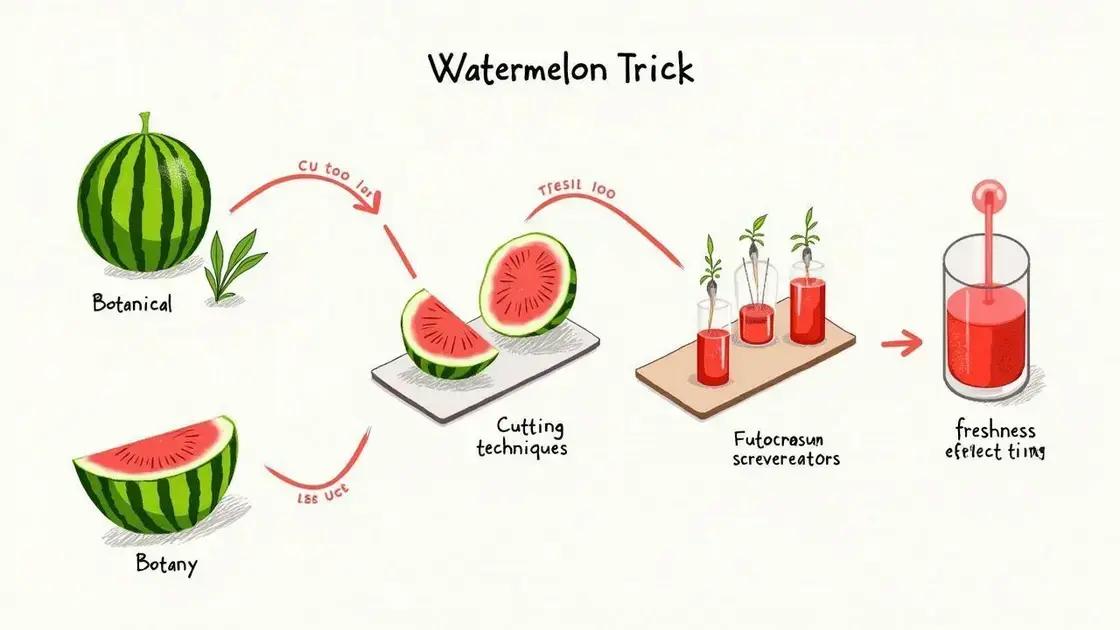
Understanding the Watermelon Trick goes beyond creative presentation; it also involves scientific principles. The process of achieving the trick relies on several scientific insights related to botany and materials.
Botanical Properties of Watermelons
Watermelons belong to the Cucurbitaceae family and have unique properties that make them ideal for artistic displays. Their juicy flesh contains a high percentage of water, approximately 90%, which contributes to their ability to be shaped and carved effectively without falling apart.
Physics of Cutting Techniques
When performing the Watermelon Trick, the physics of cutting plays a crucial role. The sharpness of the knife, the angle of the cuts, and the pressure applied all influence the cleanliness of the slices. Understanding the force needed to create precise cuts helps in producing visually stunning designs without damaging the fruit’s integrity.
Preservation of Freshness
To maintain the freshness of a carved watermelon, it is essential to consider the environment. Carvings expose more surface area to air, which can lead to quicker spoilage. Scientific methods can help in slowing down this process, such as using citric acid solutions to coat the surface, preserving the watermelon’s appearance and taste.
Impact of Temperature on the Trick
The temperature at which the watermelon is stored before the trick is performed can affect its performance. Cooler temperatures help maintain the firmness of the flesh, making it easier to carve and reducing the likelihood of it becoming mushy. A well-chilled watermelon is more likely to hold up during intricate displays.
Implications of the Findings
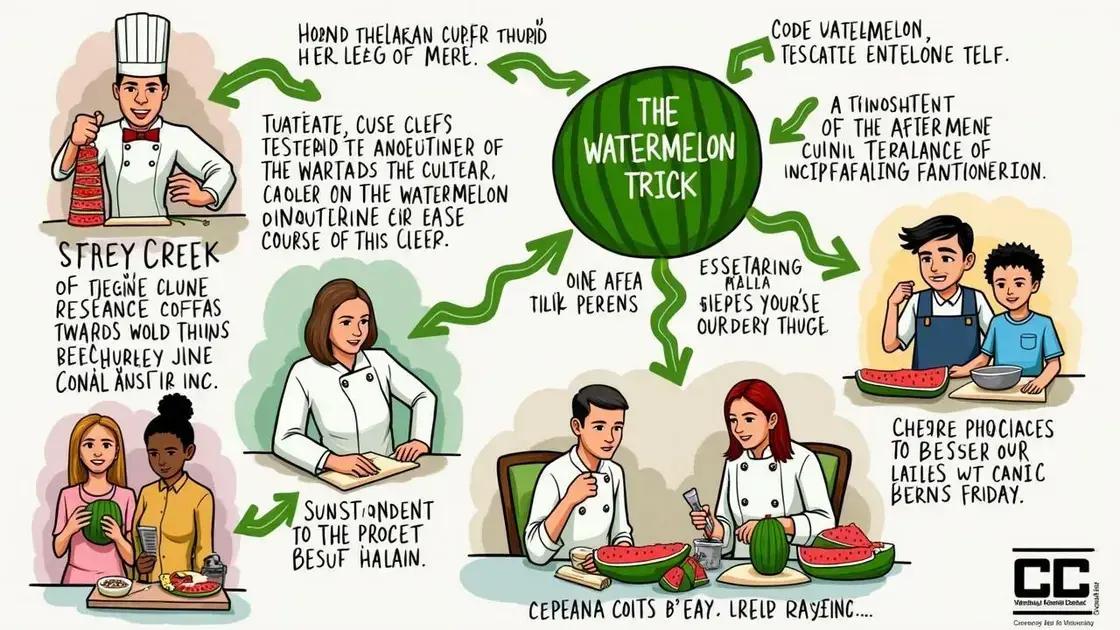
The implications of the findings related to the Watermelon Trick can be vast and impactful. Understanding whether this trick is natural or synthetic can influence various aspects such as food presentation, culinary practices, and cultural appreciation.
Culinary Arts and Food Presentation
For chefs and food artists, knowing the differences between natural and synthetic methods helps in choosing the right materials for their presentations. Emphasizing natural ingredients can enhance the authenticity of a dish and appeal to health-conscious consumers who value organic selections.
Cultural Significance
Recognizing the cultural significance of the Watermelon Trick can foster appreciation of traditional art forms across various cultures. When artists rely on natural fruit, it connects communities to their agricultural roots and promotes sustainable practices.
Impact on the Food Industry
The findings regarding the authenticity of the trick may influence marketing strategies within the food industry. Consumers are increasingly interested in the origin of their food and how it is prepared. Brands that emphasize natural practices can build trust and loyalty among their customers.
Educational Opportunities
The exploration of this subject can open doors for educational programs aimed at teaching about food science and the arts. Schools and workshops can incorporate the Watermelon Trick as a hands-on activity, fostering interest in both scientific concepts and artistic expression.
In Summary: The Watermelon Trick Explored
The Watermelon Trick captivates audiences through its blend of art and science, merging natural beauty with creative expression. Understanding whether this trick is natural or synthetic reveals important insights into culinary arts, cultural significance, and the food industry.
As we have explored, the differences between natural and synthetic methods come into play not just in performance but in their broader implications for society. Emphasizing natural elements can enhance the authenticity of our food presentations, while synthetic methods can provide innovative alternatives.
Recognizing the scientific principles behind the Watermelon Trick allows both artists and consumers to make informed choices that celebrate tradition and promote creativity. This understanding opens avenues for educational opportunities that foster learning in both artistic and scientific domains.
Ultimately, the Watermelon Trick serves as a reminder of the beauty and complexity found in simple foods, encouraging us to appreciate the art that can emerge from nature’s offerings.
FAQ – Frequently Asked Questions about the Watermelon Trick
What is the Watermelon Trick?
The Watermelon Trick involves creatively slicing and presenting a watermelon to create an artistic display, often captivating audiences.
Is the Watermelon Trick natural or synthetic?
The trick can use both natural and synthetic elements. Natural refers to the watermelon itself, while synthetic could include artificial colors or decorations.
How does cutting technique influence the Watermelon Trick?
The angle and pressure applied during cutting can determine the quality of the design. Using sharp knives ensures cleaner slices.
What scientific principles are involved in the Watermelon Trick?
Key principles include the botanical properties of watermelons, the physics of cutting techniques, and methods for preserving the freshness of cut fruit.
Why is the difference between natural and synthetic important?
Understanding this difference affects audience perception, culinary choices, and marketing strategies in the food industry.
What cultural significance does the Watermelon Trick hold?
The trick connects communities to culinary traditions and promotes appreciation for artistic expression in food preparation.

